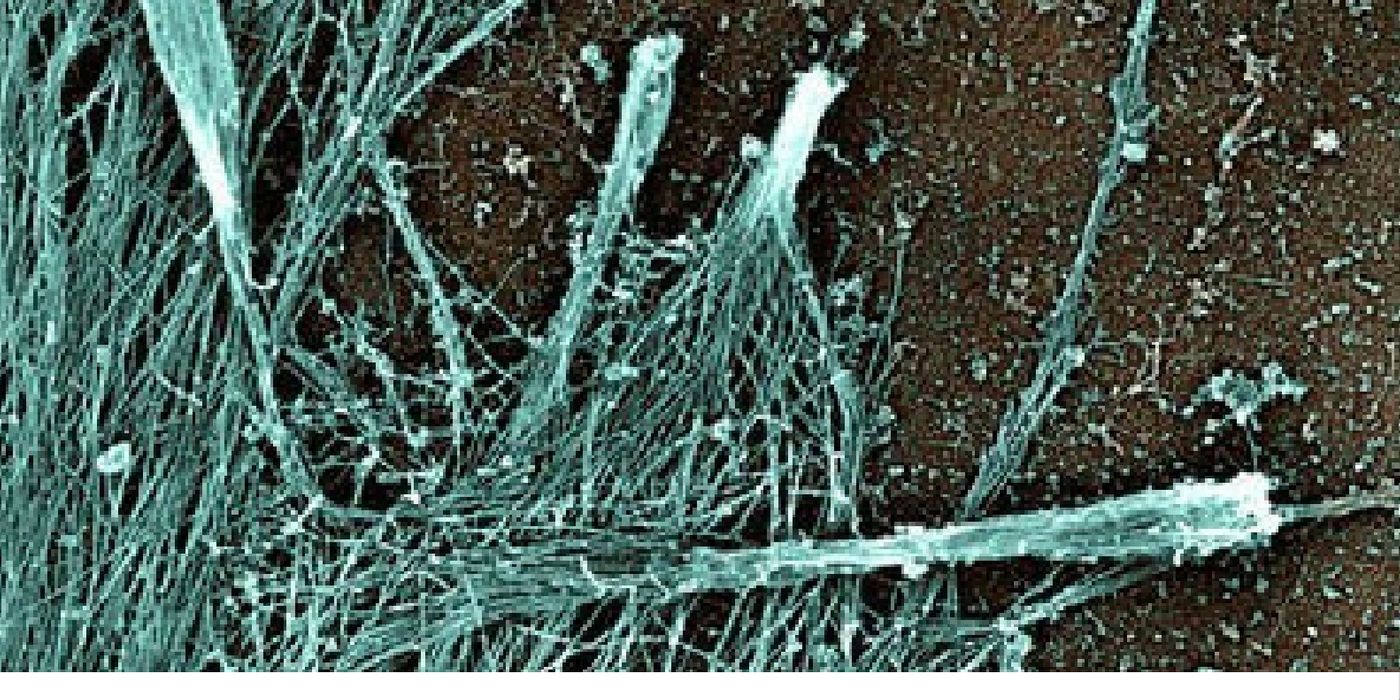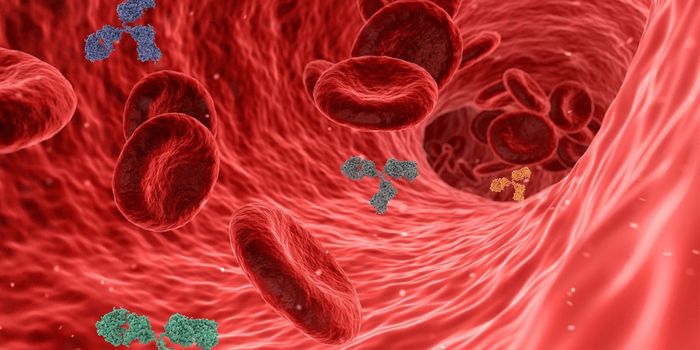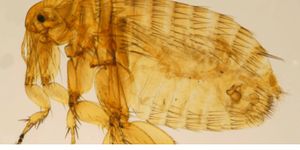Scientists are Breaking Cancer's 'Legs'
Most cancers kill by invading distant parts of the body where treatment is more difficult to reach. But cancer’s ability to metastasize depends on the cell’s so-called ‘legs’ - skinny protrusions off the main tumor body that allow the tumor to creep and migrate to new areas. Now, researchers at Georgia Tech say that they have a system to break the cancer cell’s legs to prevent the tumor from roaming. By crippling the tumor’s ability to move, the team hopes to drastically enhance cancer treatment efficacy.
For cancer, survival rate is inversely correlated with metastasis, the spread of cancer from the primary site to secondary organs. In fact, about 90% of cancer deaths are attributed to metastatic events.
To metastasize, some cancers take advantage of cellular protrusions called filopodia. In Greek, the “-podia” suffix describes “something footlike,” and, in the context of cancer biology, the tiny filopodia allows the cancer to crawl and infiltrate to new places.
"All these lamellipodia and filopodia give the cancer cells legs," said Yue Wu, a graduate student in bioanalytical chemistry, and the study’s co-author. "The metastasis requires those protrusions, so the cells can travel."
To target these legs, the research team, led by Mostafa El-Sayed, developed photothermal gold nanorods. The therapy works in two phases. First, the gold nanorods are coated with molecules that make them bind to integrin, a protein found in abundance in protrusions of cancerous cells. "The targeted nanorods tied up the integrin and blocked its functions, so it could not keep guiding the cytoskeleton to overproduce lamellipodia and filopodia," said Yan Tang, a postdoctoral assistant, and another study co-author.
"There are certain, specific integrins that are overproduced in cancerous cells," added Moustafa Ali, the study's first author. "And you don't find them so much in healthy cells."
While binding of the gold nanorods to integrin seemed to already slow cancer cell’s migration, it is the second phase that really cripples the cell. After binding, the team used a gentle form of near-infrared (NIR) light to heat up the rods. "The light was not absorbed by the cells, but the gold nanorods absorbed it, and as a result, they heated up and partially melted cancer cells they are connected with, mangling lamellipodia and filopodia," Ali said. "It didn't kill all the cells, not in this experiment. If we killed them, we would not have been able to observe whether we stopped them from migrating or not."
The team found that the low heat was key to destroying the cancer’s legs permanently. Higher heat caused inflammation, and “would wipe out many cancer cells, but not all of them. Some hidden ones might have survived, and also still been able to migrate,” explained Ali. By contrast, the low-level heat allowed the team to repeatedly target the filopodia to truly mangle the protrusions. "This gentle laser didn't burn the skin or damage tissue, so it could be dosed multiple times and more thoroughly stop the cancer cells from being able to travel," said Ronghu Wu, a study co-author.
"If cancer stays in a tumor in one place, you can get to it, and it's not so likely to kill the patient, but when it spreads around the body, that's what really makes it deadly," said Mostafa El-Sayed, the study’s senior author who also happens to be a world-renowned chemist.
Additional sources: Georgia Institute of Technology









